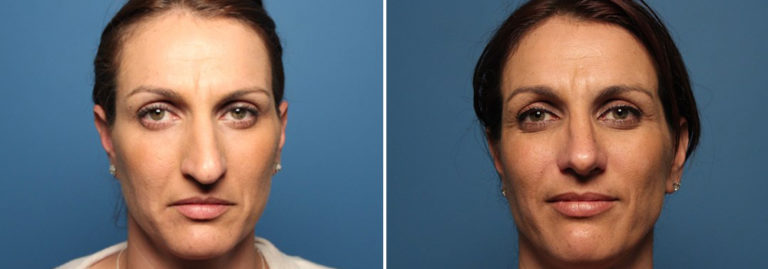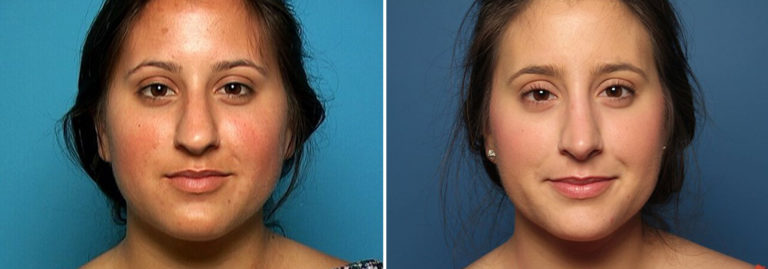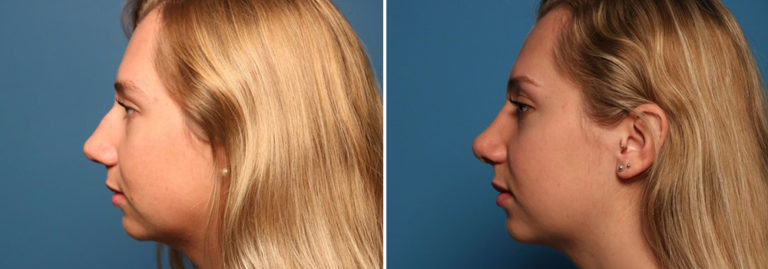Rhinoplasty in Sarasota
The nose is a central and defining feature of the face. A slight alternation of this feature can dramatically change your appearance. Nasal surgery is an excellent complement to our other facial surgeries, including facelift or brow surgery.
Sarasota Plastic Surgery Center is delighted to offer rhinoplasty to our patients throughout Florida. Our skilled surgeons expertly shape and contour the nose to create aesthetic enhancement and address breathing challenges and airway obstructions.
If you’re considering nasal surgery, reach out to us to learn more or schedule a consultation.






